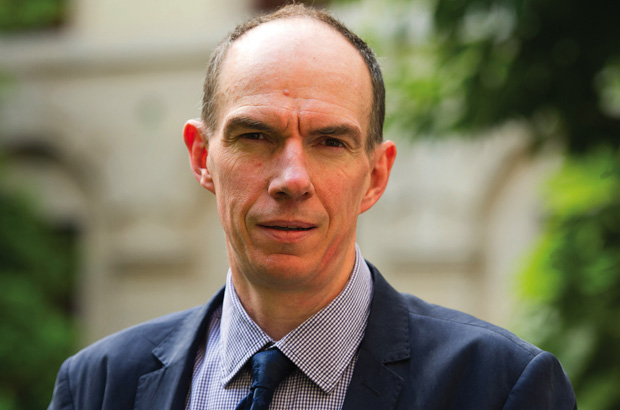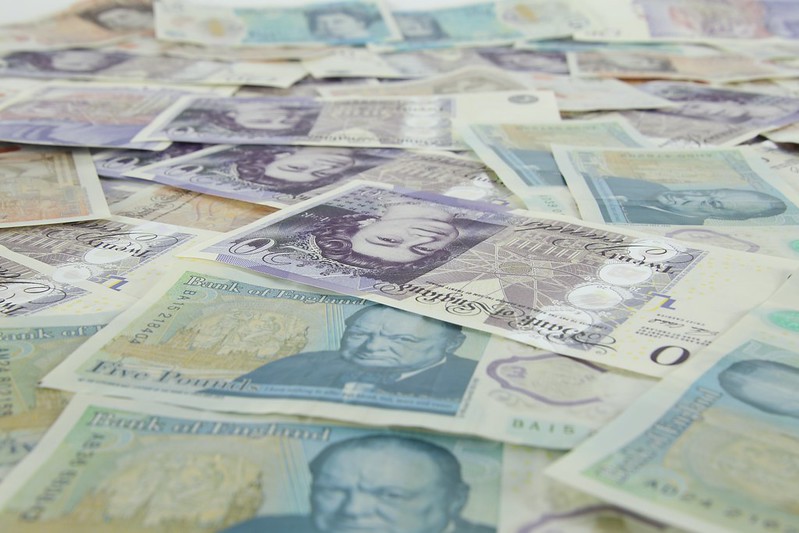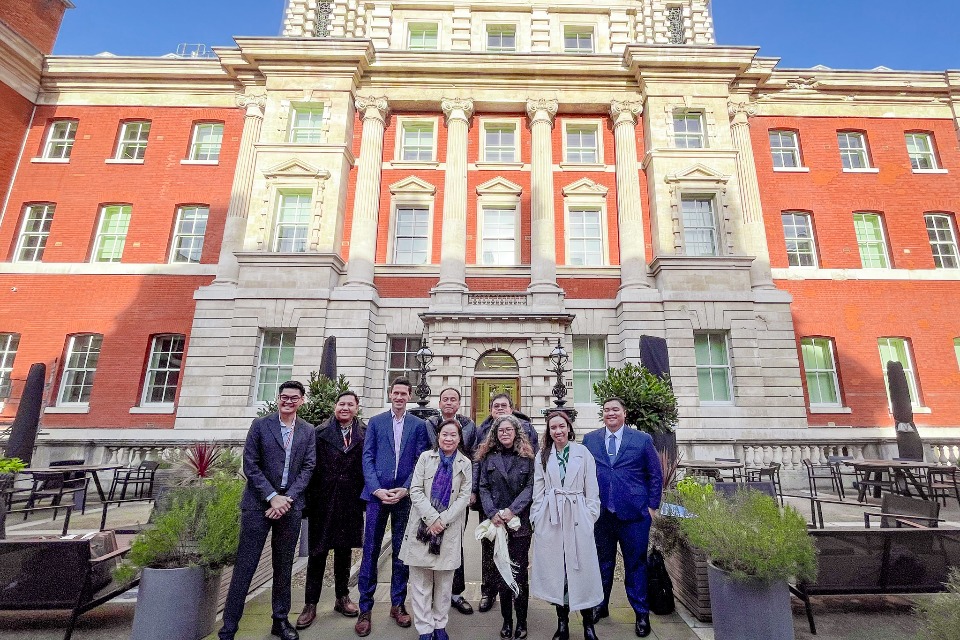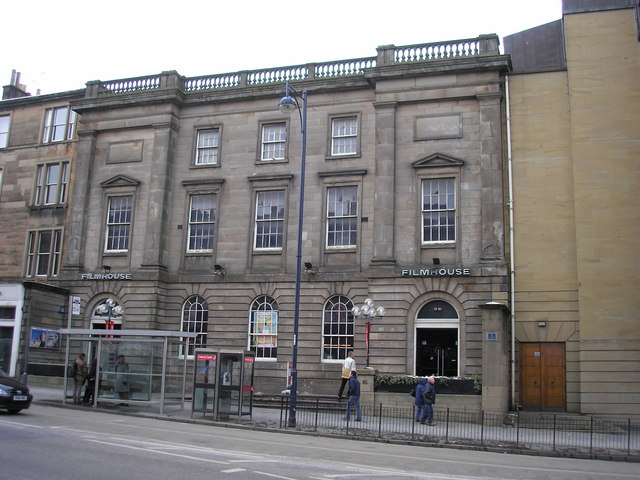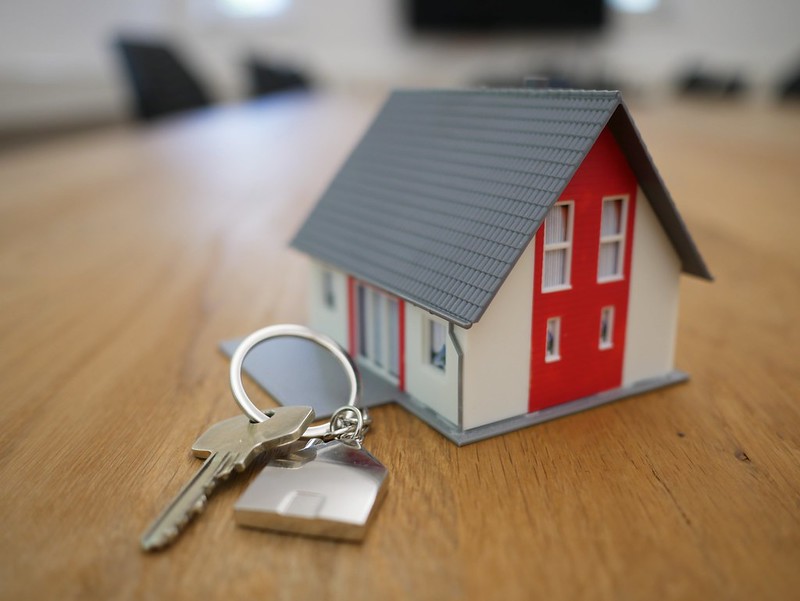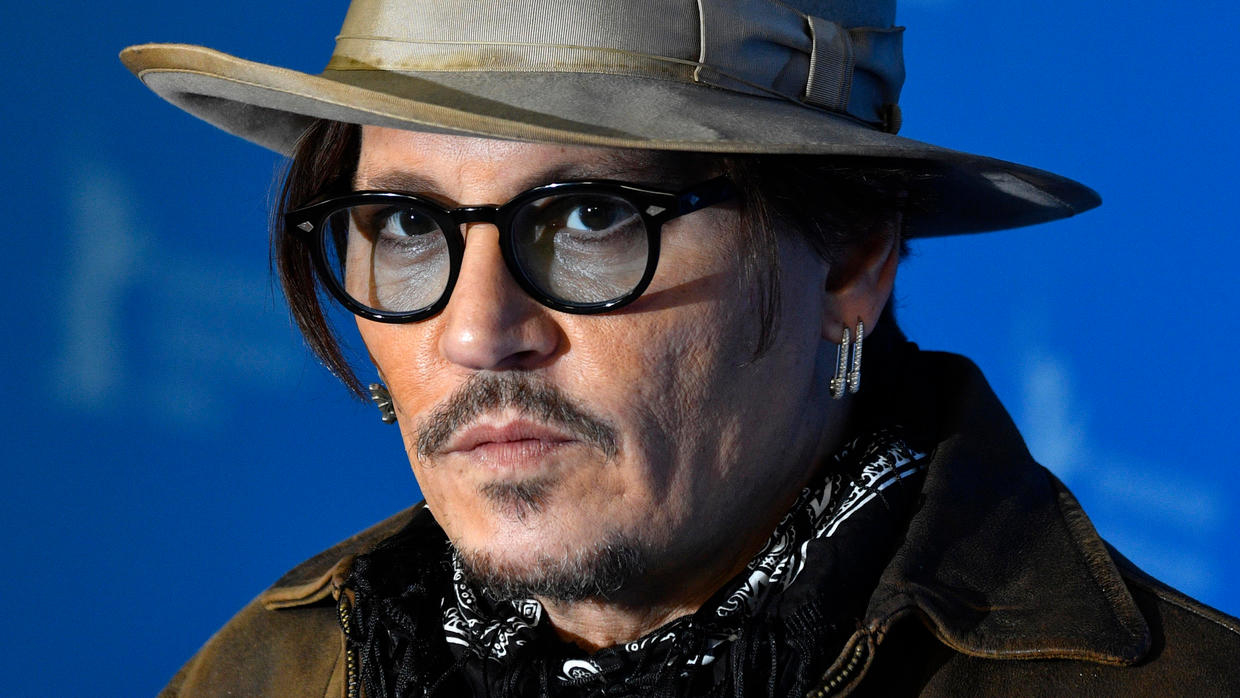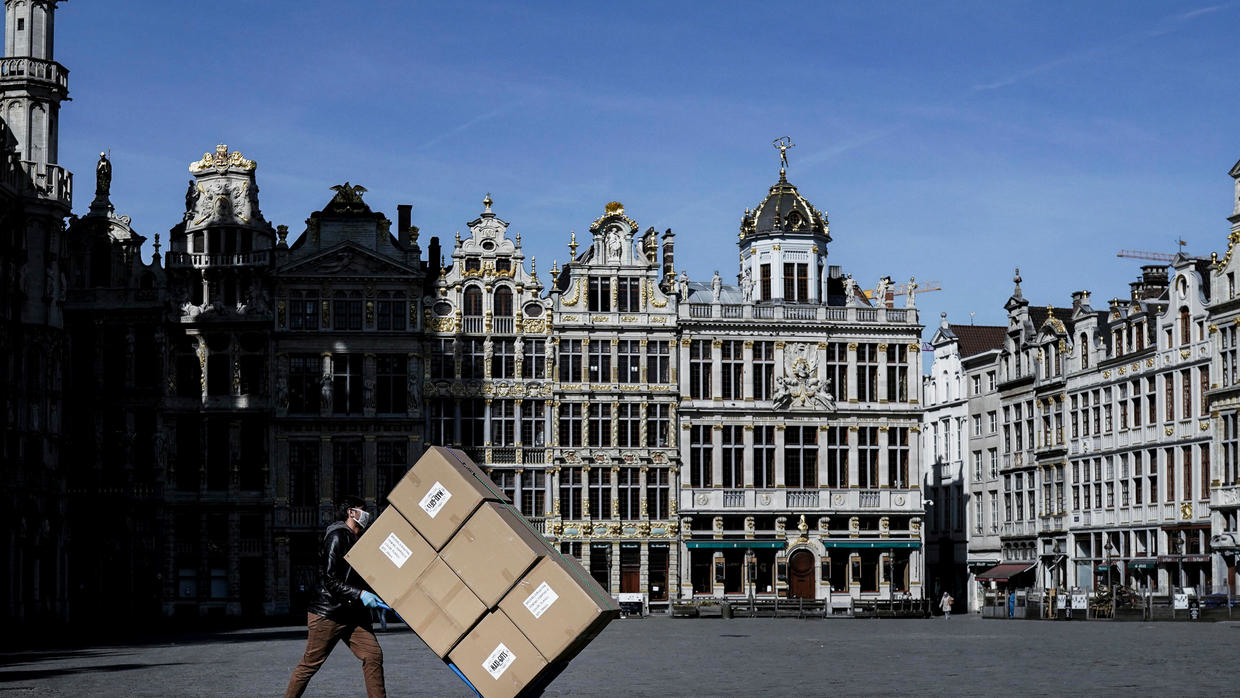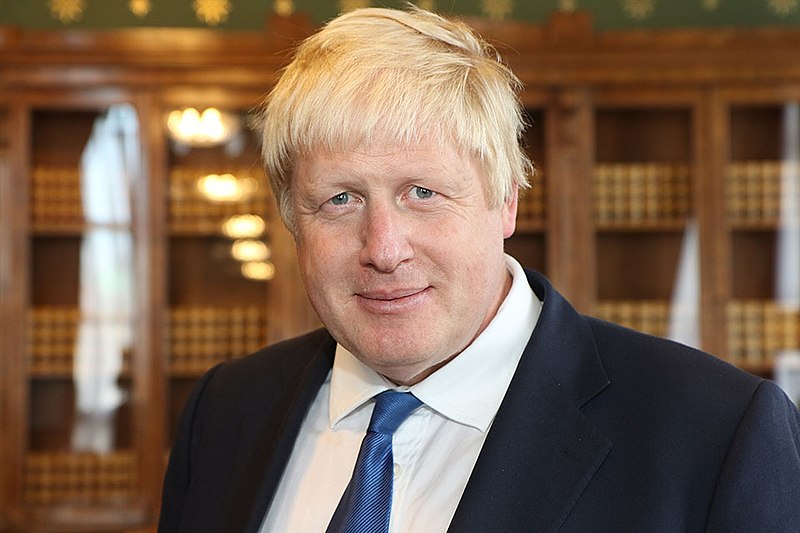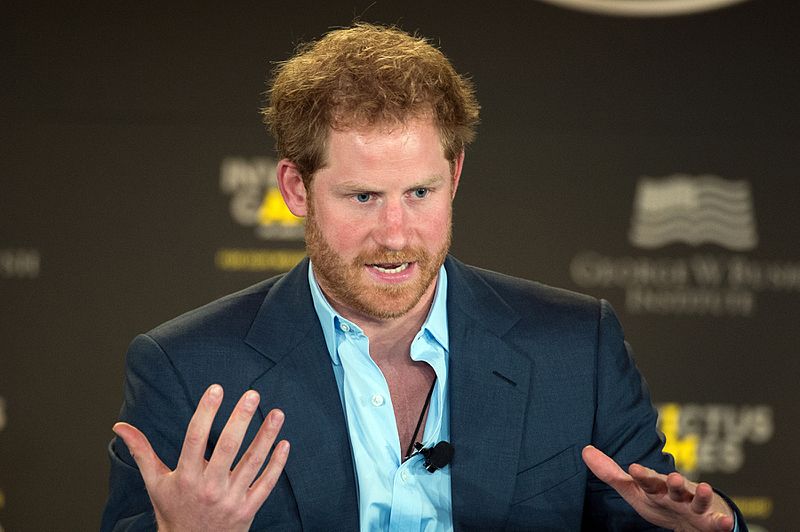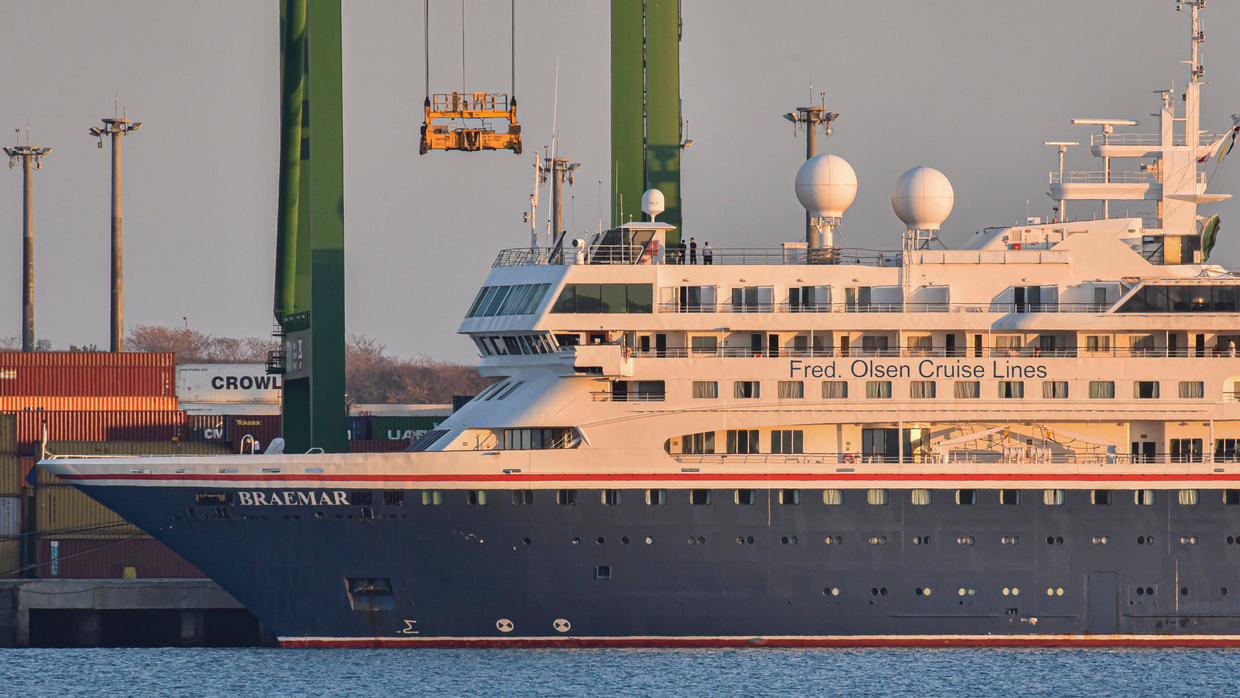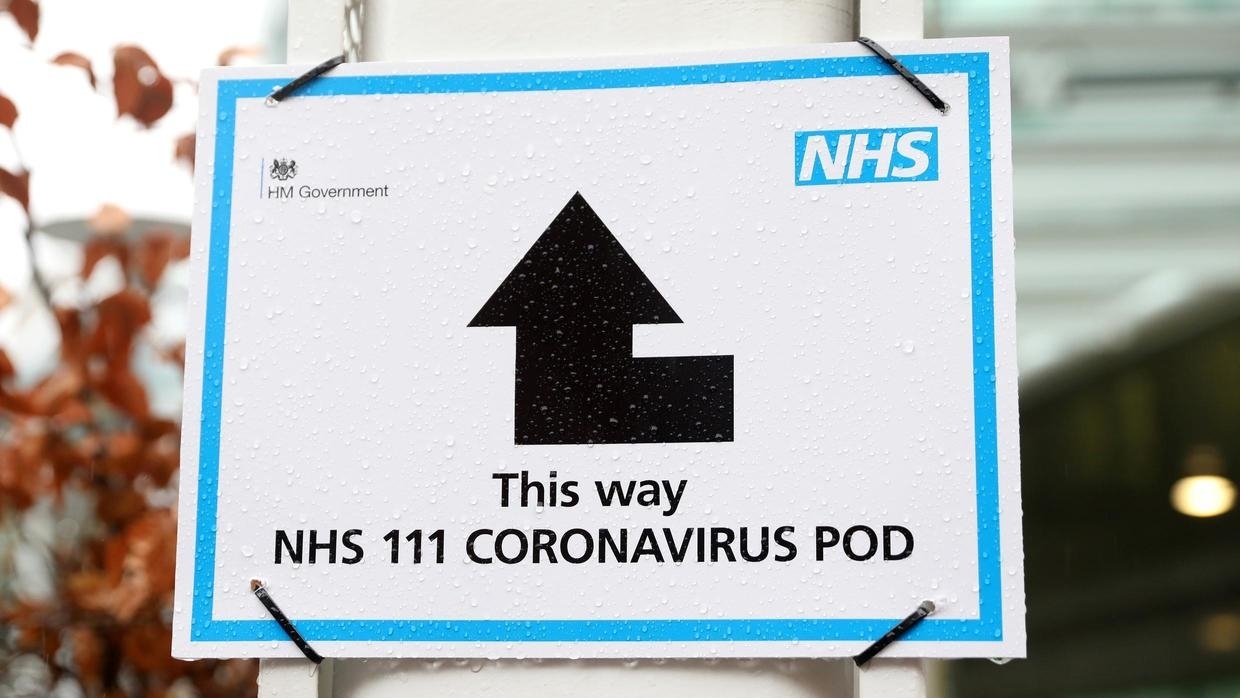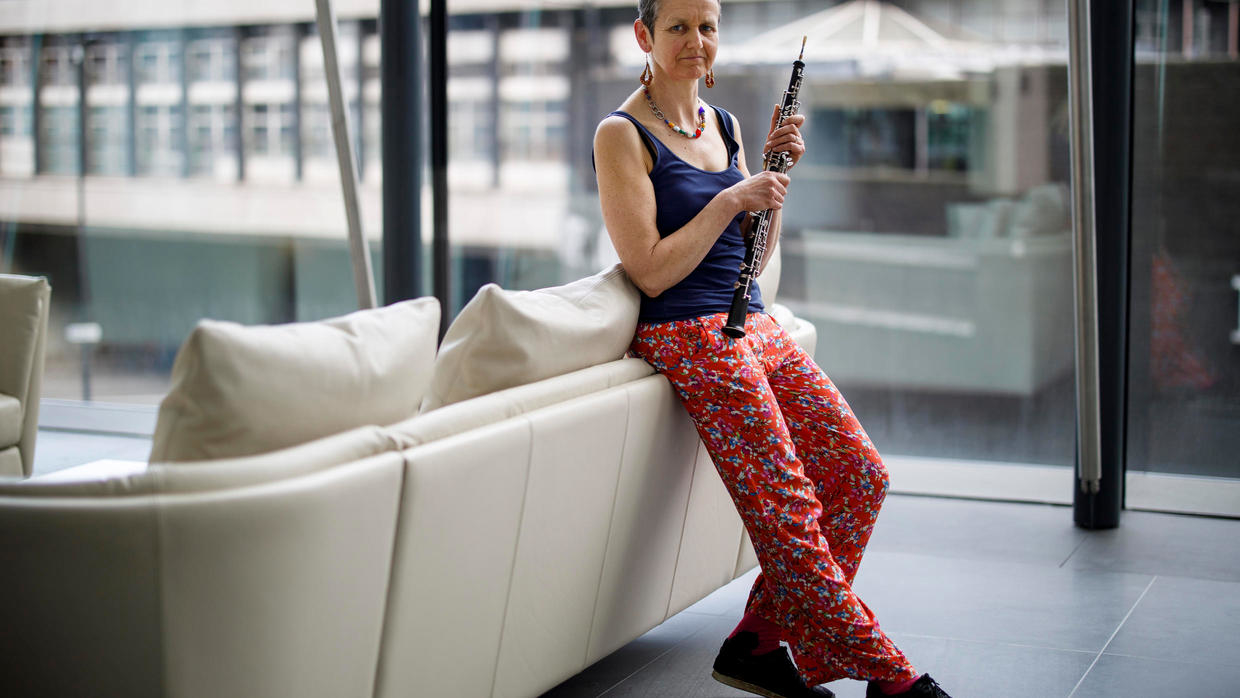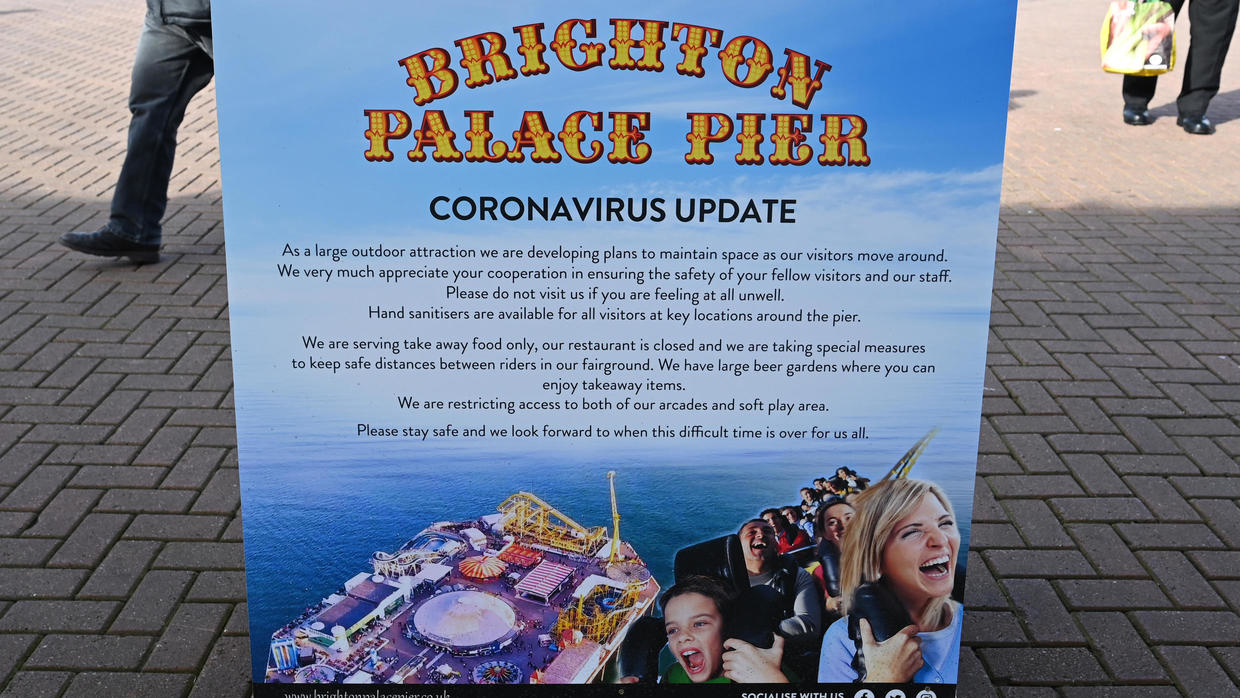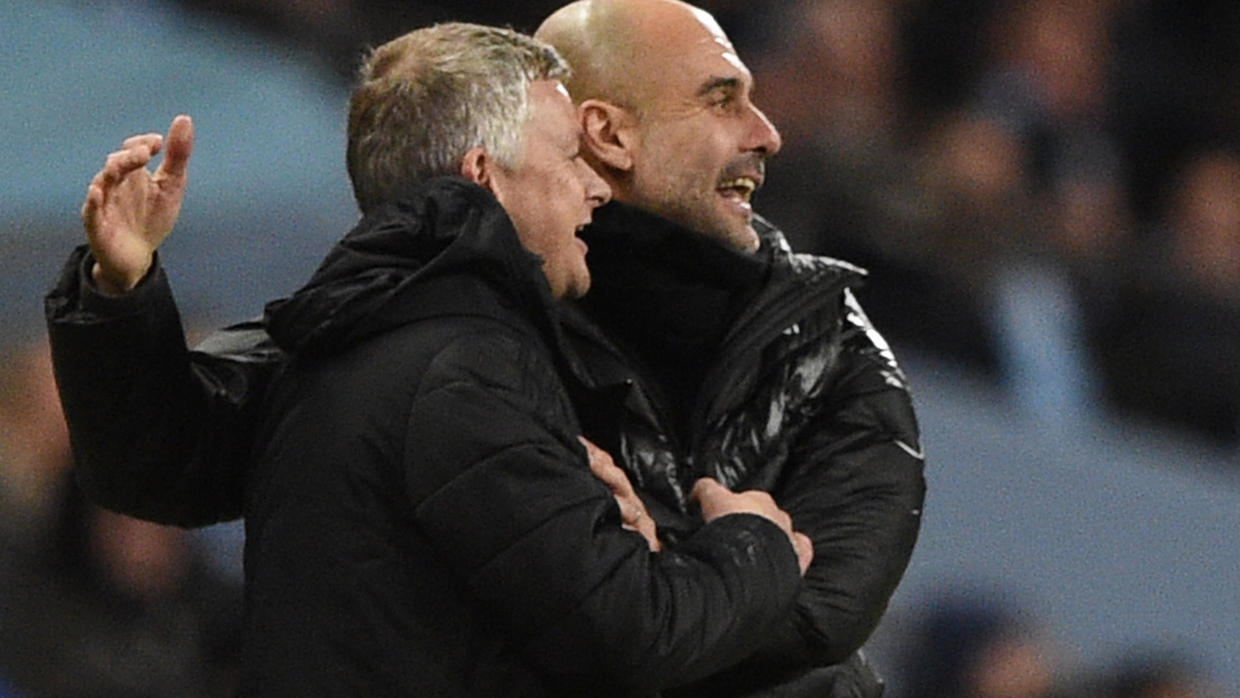
Andre Wu and a dozen or so other people queue up at an appropriate social distance outside Brixton Cycles in south London to buy a new bike.
"During this pandemic crisis I was thinking that doing public transport was not something I was looking forward to again, so I was like, OK, let's just get a bicycle," said Wu.
As coronavirus lockdown measures are gradually eased in Britain and across Europe, he is not alone.
Brixton Cycles director Lincoln Romain said his company has received such increased demand that suppliers had run out of stock.
"We've seen a mixture of everybody to be honest," he told AFP.
"We've seen commuters, people that commute all the time, we've seen new cyclists, we've seen people that have to get in so they have bikes that have been in the shed a little while."
Britain has the second-worst pandemic death toll in the world, but stay-at-home restrictions have been partially lifted in England this week.
People unable to work from home have been encouraged to avoid public transport when they return to their jobs to prevent overcrowding and the risk of close-contact transmission.
In London, that means making a choice between using the underground "Tube", taking the bus or getting back on the saddle.
Transport minister Grant Shapps said many had already made their choice.
"During this crisis, millions of people have discovered cycling -- whether for exercise or as a means of safe, socially-distanced transport," he said.
To cope with increased demand, the government has announced an emergency plan of £250 million ($305 million, 283 million euros) to adapt transport in the face of the epidemic.
Part of the funding will be used to create temporary cycle paths or widen already existing ones in the coming weeks.
But cyclist Kelly Wise said there were still concerns about safety.
"People forget they still need to social-distance when stopped at traffic lights and not to tailgate so close behind another cyclists," she said.
"Someone could cough in front of you and you could breath it in.
"I've experienced this. Someone stopped right next to me at a red light and this was during the worse part of the virus outbreak."
- Biking around Europe -
The upsurge in cycling has become a trend across Europe.
In Barcelona, the use of cycle paths has increased by 325 per cent during peak hours, according to the city's head of urban planning, Janet Sanz.
Similar initiatives to the one in Britain have emerged in most major European cities.
Barcelona is adding 21 kilometres (13 miles) of additional cycle lanes. Berlin is adding 22km and Brussels 40km.
In France, where the government has announced a 20-million-euro plan, Paris, Nice, Rouen, Lille and Nantes are following suit.
Even Italy, the European country with the most cars per capita, is getting back on track.
At least 150km of cycle paths will be built in Rome, which has a reputation as impractical and dangerous for cyclists.
The need for more bikes is at least good news for one sector of the economy across all countries.
"Sales of bicycles, especially e-bikes, have surged since shops re-opened from mid-April, as have demands for repairs," said Michael Nendwich, from the Austrian Economic Chambers.
French sports and leisure retailer Go Sport said it has seen a 300-percent increase in bike sales online.
In Britain, the Association of Cycle Traders said some 20,000 bikes awaiting manufacturing and delivery had already been sold or reserved.
But the sudden high demand has put "enormous pressures" on stores, the ACT added.
"Many of them say they work until late at night to repair their customers' bikes on time," it added.
For those who already have a bike, like Wise, the increase in popularity is positive.
But she added: "It'll be interesting how many people stick to this and for how long," she said.AFP



